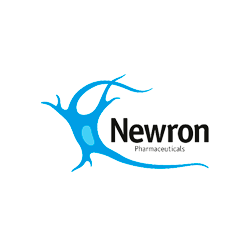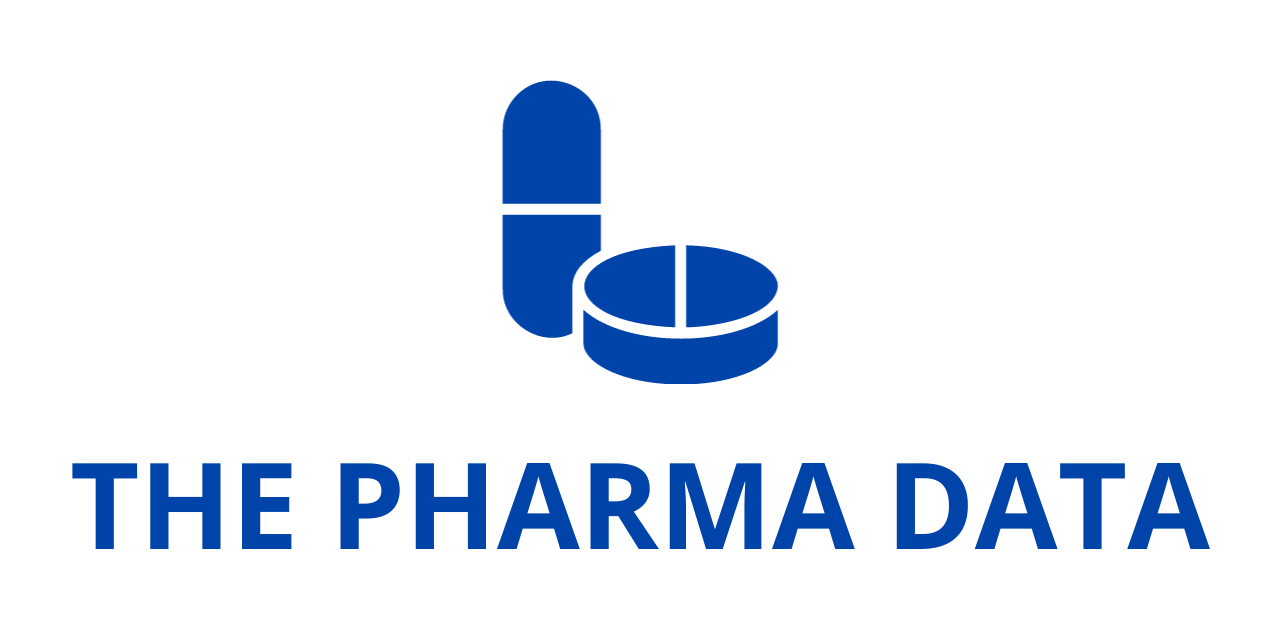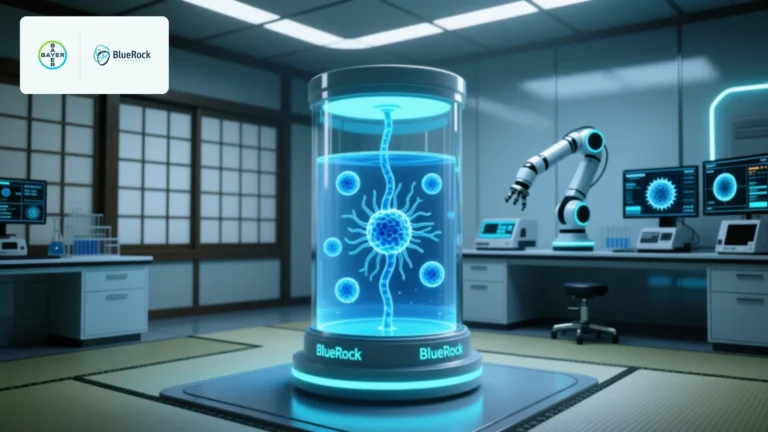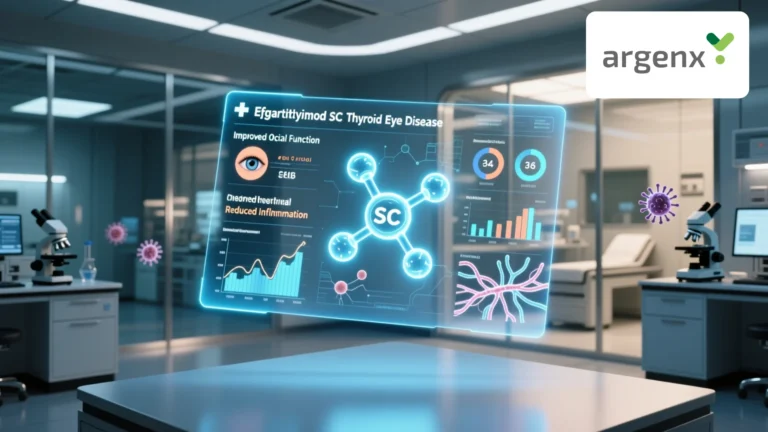
Newron Pharmaceuticals Launches Pivotal Phase III ENIGMA-TRS Program, Randomizing First Patients to Evaluate Evenamide as an Add-On Therapy in Treatment-Resistant Schizophrenia
Newron Pharmaceuticals S.p.A. (SIX: NWRN, XETRA: NP5), a biopharmaceutical company specializing in therapies for diseases affecting the central and peripheral nervous systems, has announced a major advancement in its clinical development pipeline. Following a rigorous 42-day screening period and review by an Independent Eligibility Committee, the company has officially randomized the first patients in ENIGMA-TRS 1, the first pivotal Phase III study within its ENIGMA-TRS program.
The study will evaluate evenamide, Newron’s investigational, first-in-class add-on therapy, for patients suffering from treatment-resistant schizophrenia (TRS)—a population that continues to face limited therapeutic options and significant unmet medical need. Importantly, ENIGMA-TRS 1 will assess evenamide’s efficacy when added to existing antipsychotic treatments, including the widely used clozapine.
“Today’s announcement marks an important milestone for the clinical advancement of evenamide for treatment-resistant schizophrenia patients who urgently need more effective therapeutic options,” said Ravi Anand, M.D., Chief Medical Officer at Newron Pharmaceuticals. “We look forward to advancing evenamide through this pivotal Phase III study and delivering an important benefit to patients in need.”
The ENIGMA-TRS 1 Study: Design, Scope, and Goals
ENIGMA-TRS 1 is designed as a large-scale, Newron international, randomized, double-blind, placebo-controlled Phase III trial. The study will run for 52 weeks and aims to provide robust data on both the efficacy and safety of evenamide as an adjunctive therapy in TRS patients. Two therapeutic doses—15 mg twice daily (BID) and 30 mg BID—will be compared against placebo.
A key feature of this trial is the enrollment of patients already on second-generation antipsychotics (SGAs), including clozapine. In order to ensure diagnostic consistency and clinical relevance, all participants must meet the Treatment Response and Resistance in Psychosis (TRRIP) international consensus criteria for TRS. These criteria, developed by leading schizophrenia experts, provide a standardized method for identifying patients whose illness has not responded adequately to conventional treatment approaches.
Enrollment and Screening Process
ENIGMA-TRS 1 will ultimately Newron enroll at least 600 patients across a diverse range of global sites located in Europe, Asia, Latin America, and Canada. Before randomization, each potential participant must successfully complete a 42-day screening period. This step serves multiple purposes:
- Verification of TRS Diagnosis – Confirming that patients meet TRRIP criteria, ensuring the trial population truly represents treatment-resistant cases.
- Assessment of Antipsychotic Plasma Levels – Measuring blood concentrations of the background antipsychotic medication to confirm therapeutic dosing.
- Compliance with Selection Criteria – Ensuring that patients match all protocol-defined eligibility requirements, reducing variability and enhancing study validity.
- Independent Review – All evaluations are overseen by an Independent Eligibility Assessment Committee (IEAC) consisting of three internationally recognized schizophrenia experts. This step strengthens the trial’s scientific rigor by adding an extra layer of unbiased oversight.
Primary Endpoints and Timeline
The primary analysis of efficacy and safety will be conducted 12 weeks after randomization. While the Newron trial will continue in its double-blind, placebo-controlled format for the entire 52 weeks, the initial 12-week readout is expected to be a key milestone. This early data set will allow researchers to assess whether evenamide produces a clinically meaningful improvement in symptoms when compared to placebo.

The company anticipates releasing the 12-week results in the fourth quarter of 2026. The study’s long-term Newron design will also generate valuable data on sustained efficacy, relapse prevention, and long-term tolerability, which are particularly important considerations for chronic psychiatric conditions such as schizophrenia.
The Unmet Need in Treatment-Resistant Schizophrenia
Schizophrenia affects approximately 24 million people worldwide, according to World Health Organization estimates. While antipsychotic medications can effectively manage symptoms in many patients, up to 30% experience persistent psychotic symptoms despite adequate treatment—qualifying them as treatment-resistant.
Clozapine remains the gold standard for TRS, but it is not without limitations. Side effects, the need for regular blood monitoring, and incomplete symptom control leave many patients in search of better therapeutic solutions. For these individuals, everyday life is often marked by ongoing hallucinations, delusions, cognitive impairments, and social isolation, all of which significantly impair quality of life.
The Newron development of evenamide targets a critical therapeutic gap. Rather than replacing existing antipsychotics, it is designed to complement them by acting through a glutamatergic modulation mechanism—a novel approach distinct from traditional dopamine receptor antagonism.
Evenamide’s Mechanism and Prior Clinical Evidence
Evenamide is a novel, orally active compound that selectively inhibits voltage-gated sodium channels, Newron thereby reducing excessive release of glutamate in the brain. Elevated glutamate activity has been implicated in the pathophysiology of schizophrenia, particularly in cases resistant to dopaminergic therapy.
This glutamatergic inhibition represents an innovative therapeutic strategy for patients who do not respond adequately to standard dopamine-blocking antipsychotics.
Results from previous studies have provided a strong foundation for ENIGMA-TRS 1:
- Phase II Studies 014/015 – Demonstrated significant and progressively increasing improvements in multiple measures of psychopathology when evenamide was added to existing antipsychotic regimens in TRS patients.
- Phase III Study 008A – Confirmed the benefits of evenamide in inadequate responders (patients with partial but insufficient improvement), with notable symptom reduction and good tolerability.
- Safety and Tolerability – Across trials, evenamide has consistently shown a favorable safety profile, with no signal of serious adverse effects commonly associated with antipsychotics, such as metabolic complications or movement disorders.
Collectively, these results have bolstered confidence in evenamide’s potential to offer meaningful symptom relief without compromising safety—particularly important in a population already burdened by polypharmacy.
The ENIGMA-TRS 2 Study: U.S. Expansion of the Pivotal Program
The ENIGMA-TRS program comprises two pivotal trials. While ENIGMA-TRS 1 is an extensive global study, ENIGMA-TRS 2 will serve as its counterpart in the United States and selected additional countries.
Approved by the U.S. Food and Drug Administration (FDA), ENIGMA-TRS 2 will enroll at least 400 patients. This trial will share key design features with ENIGMA-TRS 1:
- Randomized, Double-Blind, Placebo-Controlled format
- 12-week duration for primary endpoint evaluation
- Use of the 15 mg BID dose of evenamide
- Rigorous selection criteria verified by the same IEAC panel
U.S. investigational centers are expected to initiate patient recruitment by October 2025. The analysis of efficacy and safety will occur after all participants complete their 12-week course.
Strategic Significance for Newron Pharmaceuticals
For Newron, the ENIGMA-TRS program represents a cornerstone of its development portfolio. Success in either or both pivotal trials could pave the way for regulatory submissions in multiple jurisdictions, potentially leading to the first new approved treatment for TRS in decades.
The company’s approach reflects a growing recognition in psychiatry that augmentation strategies—adding a targeted agent to a baseline antipsychotic—may offer more realistic paths to improved outcomes than simply switching drugs or increasing dosages.
Furthermore, the multinational nature of ENIGMA-TRS 1 underscores Newron’s intent to pursue broad global market access, positioning evenamide as a truly international therapy for TRS.
Expert Perspectives
Independent psychiatric researchers have noted that evenamide’s glutamatergic mechanism addresses a long-standing gap in schizophrenia treatment. While dopamine antagonists have dominated the field for over half a century, evidence increasingly points to the role of glutamatergic dysregulation in persistent symptoms and cognitive deficits.
If the ENIGMA-TRS trials confirm the promising results seen in earlier studies, evenamide could become a first-in-class adjunctive therapy—one that not only improves psychotic symptoms but may also enhance functional recovery and quality of life.
Anticipated Milestones and Next Steps
- ENIGMA-TRS 1 Enrollment Ongoing (2025–2026) – Targeting at least 600 participants worldwide.
- 12-Week Data Readout for ENIGMA-TRS 1 – Expected Q4 2026.
- ENIGMA-TRS 2 Initiation – U.S. sites launching October 2025; results expected after trial completion.
- Potential Regulatory Filings – Depending on data strength, filings could follow in late 2027 or early 2028.
By successfully randomizing the first patients in ENIGMA-TRS 1, Newron Pharmaceuticals has taken a decisive step toward delivering a much-needed therapeutic option for individuals living with treatment-resistant schizophrenia. Through its innovative mechanism, established safety profile, and robust global clinical program, evenamide has the potential to redefine the standard of care for a patient population that has seen limited progress for decades.
As both ENIGMA-TRS 1 and ENIGMA-TRS 2 advance, the global psychiatric community will be watching closely. Should these trials confirm earlier findings, Newron could not only achieve a breakthrough in schizophrenia treatment but also open the door to a new era in precision psychiatry—where adjunctive therapies target the specific neurochemical imbalances driving persistent symptoms.




